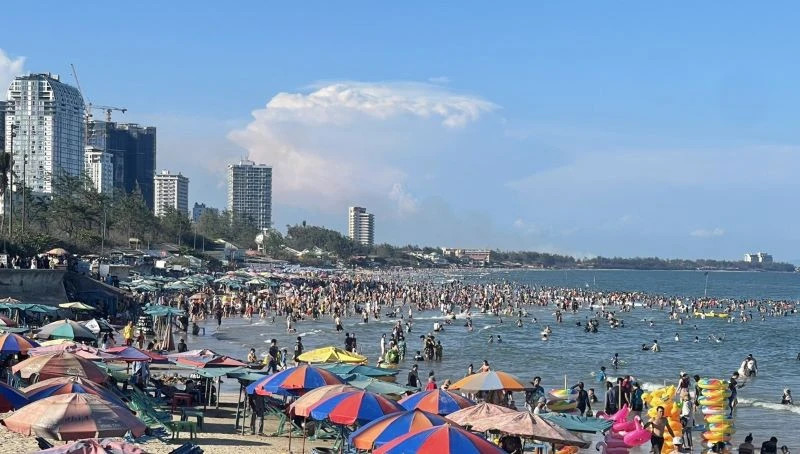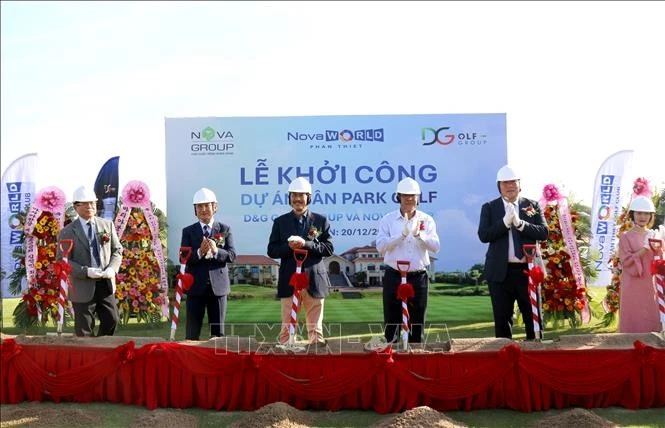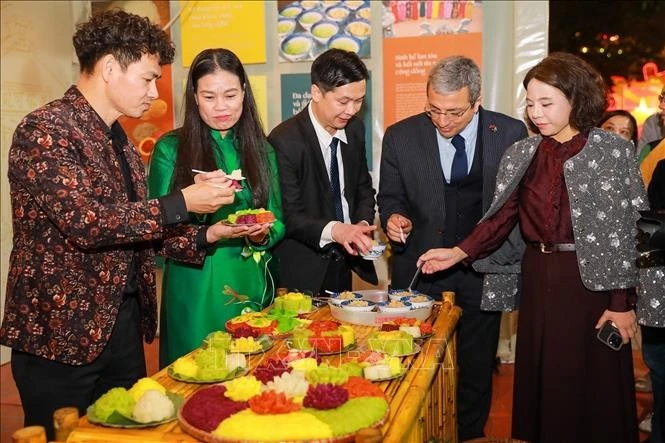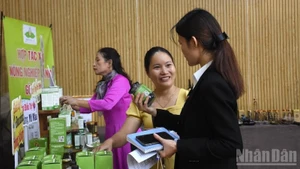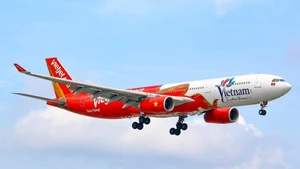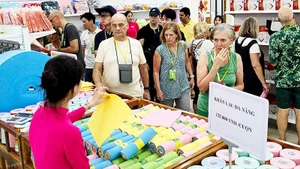The tourists generated total revenue of up to trillions of VND for many localities, including the provinces of Thanh Hoa, Quang Ninh, and Khanh Hoa, as well as Ho Chi Minh City and Hanoi.
The encouraging results have also led to many predictions for travel companies ahead of the peak summer tourism season.
In the context of rising air ticket prices, most tourists have switched to travelling by train or car. Statistics indicate a rise of road and rail tourism. Individual tourists, those traveling with families or small groups of 3-5 people now tend to travel by self-driving car.
Due to the hot weather, tourists prefer nearby beach destinations or cultural and ecological tourist areas.
Destinations located between Hanoi and Quang Ninh, Ninh Binh, Thanh Hoa, Moc Chau, and Sa Pa, or between Ho Chi Minh City and Vung Tau, Nha Trang, Ninh Thuan, and Can Tho, which can be travelled by road, attracted large numbers of tourists during the recent holiday.
This also explains why destinations that are most reliant on aviation, such as Phu Quoc, Da Nang, Quang Nam, and Con Dao, saw lower numbers of domestic tourists during the holiday than in previous years.
In addition, the increase in domestic airfare prices also led to many tourists deciding to spend their holiday abroad.
During the recent holiday, affordable international destinations such as Thailand, Malaysia, Singapore, China, and the Republic of Korea were most chosen by Vietnamese tourists.
According to statistics from some travel agencies, the sales of outbound tours during the recent five-day holiday were much higher than the same period last year, and overwhelmingly higher compared to domestic tours.
This situation requires the tourism industry to work out prompt solutions to regain tourists’ interest in domestic destinations by designing new, attractive, and competitive tourist products.
According to experts, in the face of a prolonged economic recession, customers will consider their travel spending more carefully. As airfare prices have not yet come back down, the tourism industry needs to pay more attention to developing road, rail, and waterway tourism.
For example, Phu Quoc Island should work to lure tourists from the Mekong Delta provinces, the Central Highlands, and the Southeast by deploying waterway tourism, departing from Ha Tien or Rach Gia in Kien Giang Province.
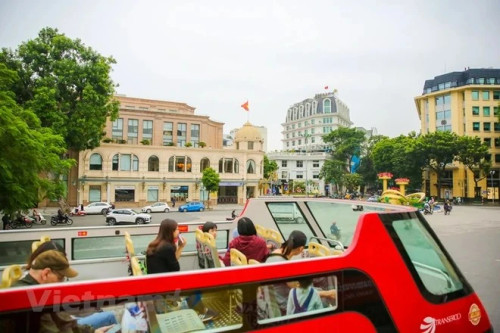 |
| Tourists explore Hanoi by double-decker bus (Photo: VNA) |
In recent years, several localities have developed a number of inner-city products, drawing much attention from locals and those from neighbouring provinces.
For example, the Ho Chi Minh City tourism sector has introduced tours on double-decker buses to visit the city, firework displays on the Saigon River, a tour to remember Saigon-Gia Dinh Commandos, and a tour to Can Gio District.
Meanwhile, night tours to explore Thang Long Imperial Citadel, Hoa Lo Prison, and Temple of Literature have contributed to diversifying tourist products while adding more charm to the capital city of Hanoi.
The strong growth in the number of visitors during National Reunification Day holiday can be considered a successful start, opening up expectations for the development of this year's summer tourist season as well as the whole of 2024.
This requires those working in the tourism industry to be more flexible and creative in embracing travel trends, developing new products, and choosing appropriate promotion and advertisement methods to better serve visitors.
